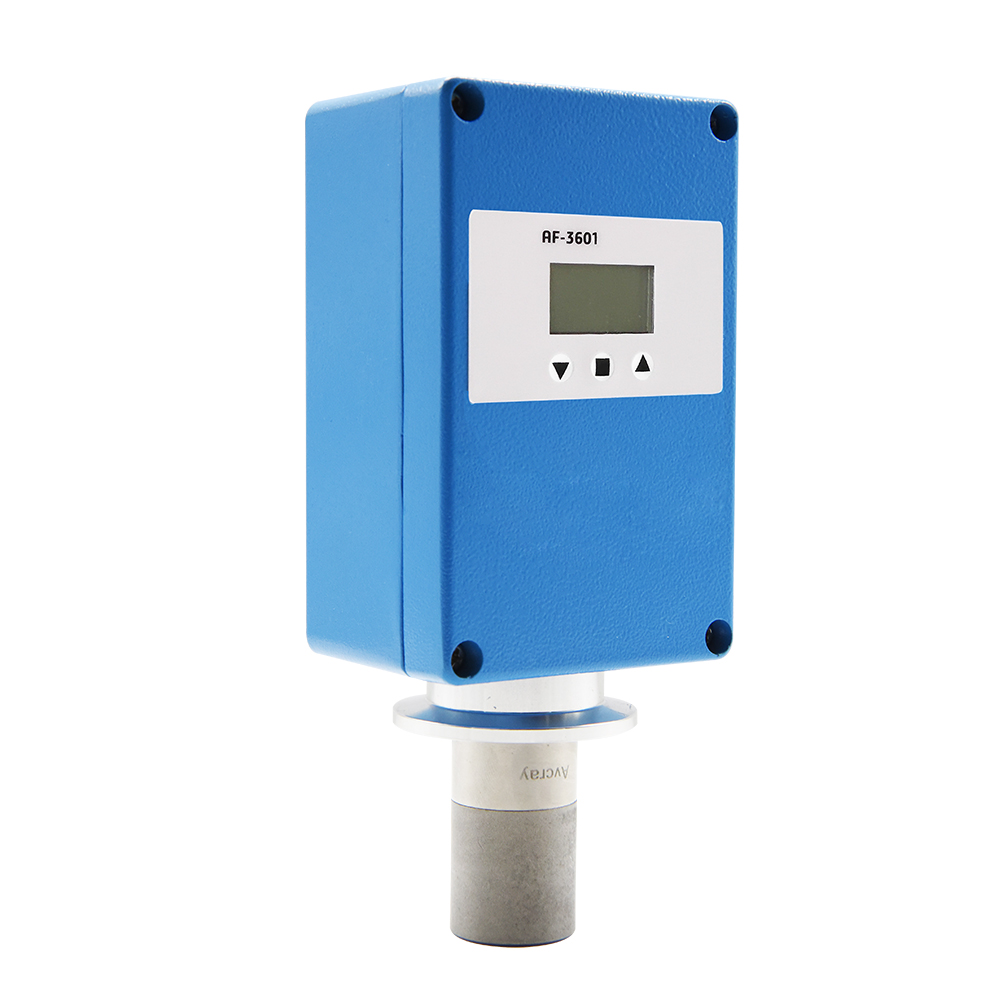The trace oxygen analyzer is a precision detection and analysis instrument, which can be divided into electrochemistry, zirconia, and portable. The use of a completely sealed fuel cell oxygen sensor is one of the current advanced oxygen measurement methods. It is composed of a highly active oxygen electrode and a lead electrode, and is immersed in KOH solution. When measuring, the position should be as close as possible to the measurement unit to avoid excessively long pipelines and too many uncertain factors that affect the reliability of the measurement data.

Because it is a precision instrument, there are many details in the installation and use that require users to be very careful:
1. The pipeline material is basically copper or stainless steel pipeline, and the second choice is PTFE pipe. Forbidden to choose latex tube, white rubber tube and other pipes, their air tightness and material permeability are too poor, and the measurement of trace oxygen has too much error under standard measurement pressure.
The outer diameter of the pipeline is usually 6 mm or 1/4 IN, or 3 mm or 1/8 IN. In short, the better choice is stainless steel pipe. Clean and degrease to keep the inner wall of the pipe smooth and clean. For trace level (<1PPMV) oxygen For analysis, stainless steel pipes with polished inner walls should be selected. The dead volume of the selected valve and joint should be as small as possible.
2. The supporting pipeline of the analyzer should be sealed. A small leak will cause the oxygen in the ambient air to diffuse in, so that the measured value will be higher.
3. The sample gas should not contain oil components or solid particles, so as not to cause blockage and pollution of the permeable membrane.
4. The sample gas should not contain sulfide, phosphide or acid gas components. These components can cause harm to fuel cells, especially alkaline fuel cells.
Although in the measurement, the sample gas pressure is greater than the ambient pressure, but the oxygen in the sample gas is a trace amount. According to Ferrari’s law, the partial pressure of oxygen is proportional to its volume content. The atmosphere contains about 21% oxygen, which is comparable to PPM. The oxygen partial pressure of the calculated concentration of the sample gas differs by about 10,000 times, so the partial pressure of trace oxygen in the gas sample is much lower than the partial pressure of oxygen in the atmosphere. When a leak occurs, the oxygen in the atmosphere will rapidly diffuse from the leaked part Come in.
Also, the sampling pipeline should be as short as possible, and the number of joints should be as few as possible, and the joints and valves should be well sealed. After the pipeline is connected, the air tightness should be checked.
Air tightness inspection requirements: under 0.25MPA test pressure, 30 minutes, the pressure drop is not more than 0.01MPA.
5. The oxygen content in the working environment of the instrument should be the oxygen content of the air to avoid other factors from affecting the oxygen content of the working environment.
6. In principle, the measurement position of the trace oxygen analyzer should be as close as possible to the measurement unit to avoid excessively long pipelines and too many uncertain factors that affect the accuracy of the measurement data.
7. In order to prevent the moisture in the sample from condensing and condensing on the pipe wall, causing the dissolution and absorption of trace oxygen, the sampling pipeline should be insulated or heat-traced according to the situation.
8. When detecting trace oxygen in liquid nitrogen, special attention should be paid to heating measures. Otherwise, because the boiling point of oxygen is 13 degrees lower than the boiling point of nitrogen, uneven gasification of the sample gas will cause the measured value to be seriously low.
9. When the instrument is put into use, clean air or nitrogen must be passed into each sampling pipeline and purged clean; a filter must be installed at the inlet of the instrument to avoid damage to the sensor caused by impurities in the sampling pipeline when the air separation equipment is started up.
- The flammable gas in the measurement sample gas has a certain impact on the measurement results of the zirconia oxygen analyzer, but because the flammable gas content (such as methane, carbon monoxide, and carbon dioxide, etc.) is very low, the interference caused by the measurement of trace oxygen is small .
